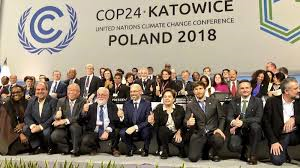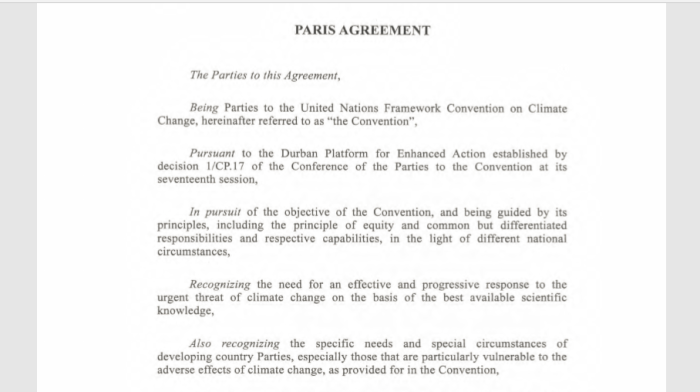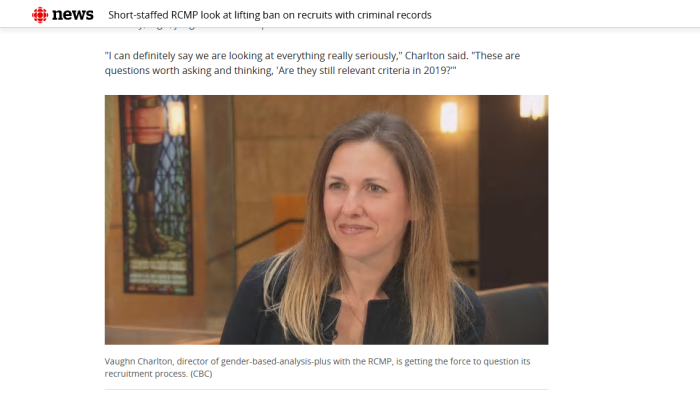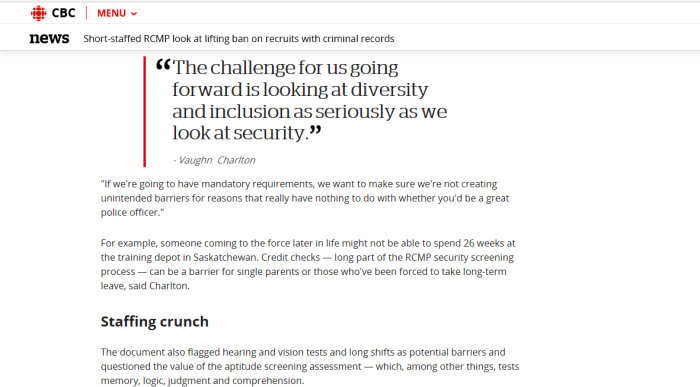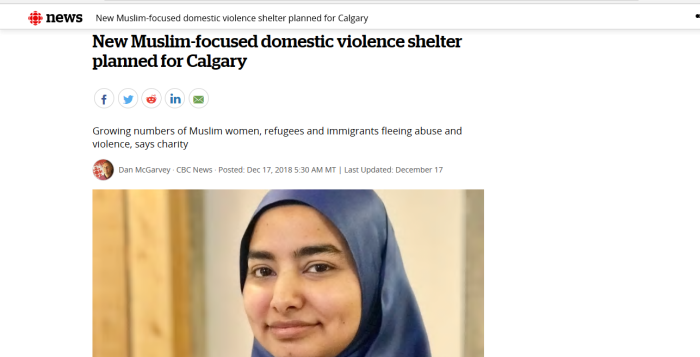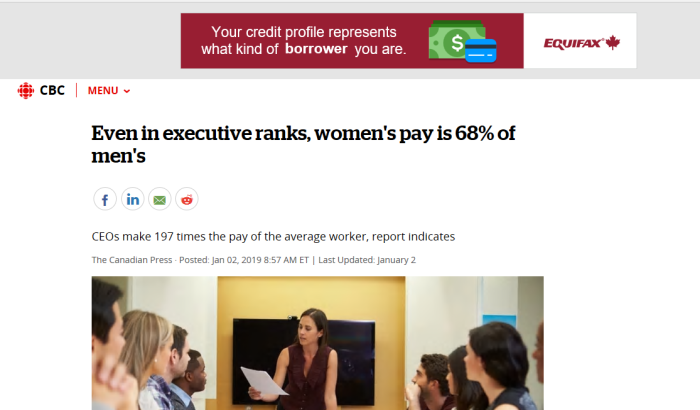
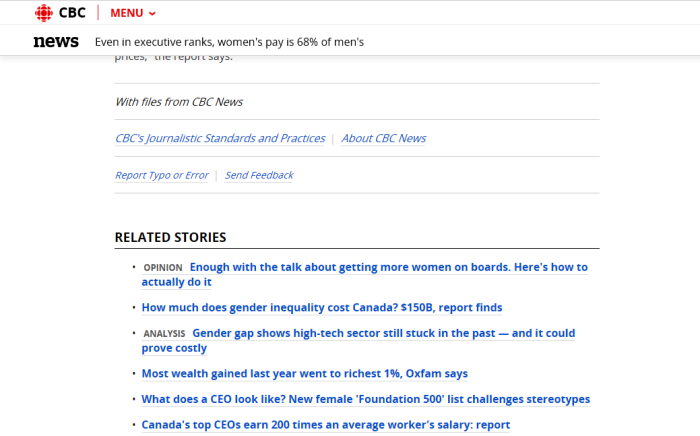
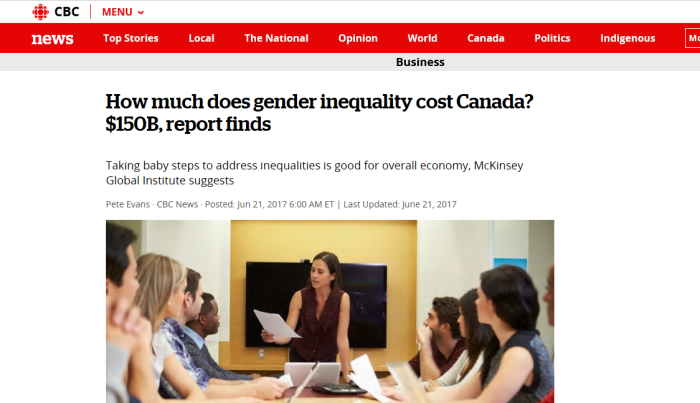

(CBC Promoting The Long Debunked “Wage Gap”)
CBC, a.k.a The “Communist Broadbasting Corporation”, or the “Caliphate Broadcasting Corporation”, is a government funded “news” organization. It receives about $1.5 billion annually to spew out anti-Canadian stories. Taxpayers don’t get a say in the matter.
CLICK HERE, to reach the CBC Propaganda Masterlist. It is far from complete, but being added to regularly.
CBC released this article, today, but included in the references is this article. This review includes them both.
“A new report on the highest-paid CEOs adds evidence to the argument that women face a “double-pane glass ceiling” at the top of Canada’s corporate ladder — first in getting to the executive suite and, once there, earning as much as their male counterparts.
.
The Canadian Centre for Policy Alternatives (CCPA) calculates that of the more than 1,200 named executive officers (NEOs) at 249 publicly traded companies in Canada, women earn about 68 cents for every dollar made by their male counterparts.
.
The study says the gap closes to 86 cents when looking at the wages of women and men in senior manager roles, almost in line with the country’s overall pay gap of 87 cents based on Statistics Canada calculations.”
The article will provide no evidence for this claim of a “double-pane glass ceiling” at all. Some actual proof of this claim would be nice.
Interestingly, this article links an older CBC article, see below, which makes the claim that the earnings gap between men and women is explained largely by different personal choices, such as 1/ family life; 2/ employment path; and 3/ education choices.
“The author of the report says the findings, while focused on the executive level where pay is already high, point to a larger equity issue.
.
CEOs make 197 times pay of average worker
.
“This is certainly about executives — that’s what we’re looking at — but I think it’s reflective of what’s happening throughout corporate Canada and the difficulties that women face in getting a fair shake even if they do have the qualifications,” said David Macdonald, the centre’s senior economist.
.
The findings are attached to the left-leaning centre’s annual report on the salaries of Canada’s highest-paid CEOs, who are estimated to earn what an average worker makes in a year by the time lunch rolls around Wednesday.
A review of corporate filings of publicly traded companies shows the top CEOs earned an average of $10 million in 2017, the most recent year available, or about 197 times more than the average worker.”
The report is focused on executive level, where pay is already high, which points to a larger equity issue?!
Do they mean “equality”, which is equal opportunity?
No, they mean “equity”, which is equal outcome
No evidence is provided that women don’t “receive a fair shake” in the corporate world. Again, if you are going to make such claims, back them up.
Yes, CEOs typically make far, far more than the average worker. But that is not proof of discrimination. With this equity push, is this a roundabout argument in favour of communism?
“”But this supposedly more competitive job market is not yielding markedly higher average wages, and ordinary workers aren’t gaining on CEOs,” the report says.
.
An earlier analysis by The Canadian Press that’s cited in the centre’s report found a similar gender gap among the country’s top 60 publicly traded companies. The review of records for 312 NEOs showed only 25 women and they earned an average of 64 cents for every dollar made by male counterparts.”
Once more, merely stating that there are differences is not proof of any discrimination. This article doesn’t seem to account for different industries, length of service, or profitability.
Interviews with about a dozen executives revealed a range of reasons.
Okay, before going any further, it needs to be pointed out: 12 is a low number.
“Old boys’ club hiring
.
They told The Canadian Press about how companies rely on the “old boys’ club” for executive searches. They also spoke about how outdated — and unchallenged — corporate culture in some companies leave women out of top jobs or fail to provide workplace support. The executives also mentioned a lack of confidence and risk-taking among women, an issue highlighted in academic research on executive pay.
.
Macdonald’s report zeros in on three issues:
.
[1] Few women are CEOs — about four per cent of Canadian CEOs and 10 per cent of top executives are women — where pay is the highest.
.
[2] “Performance pay” given to top executives — stock, stock options or cash rewards based on how a company performs — is predominantly higher for men than women. Eliminating bonus pay from the equation shrinks the gap to 82 cents, or almost the gap in the wider workforce.
.
[3] Companies with more women in executive ranks tend to be smaller organizations, and therefore pay less than their larger counterparts, Macdonald said.”
These sections actually largely refute the claims given above.
No workplace support? That is unfortunate, but if you are a senior officer or CEO of a company, then that company effectively is your life. Doubtful men get much support either.
The first reason given — few women are CEOs or executives — is not proof of any bias. This article does not detail any difference in education, work experience, or family or personal circumstances that might genuinely explain why women are not getting involved in high level business.
The second reason given — performance pay — is not discrimination. If a company does better, then it’s top staff will likely get bigger bonuses. Eliminating the bonus pay may shrink the “wage gap”, but it goes against free markets, and is a step towards communism.
The third reason given — women work for smaller companies — would be a valid justification to pay an executive less. Much harder for a smaller company to make the same payouts.
Rather than support the thesis, that there is a “double-pane glass ceiling” for women in business, other parts of the article suggest there are perfectly legitimate reasons women in top positions are earning less on average than men.
Further, this linked article provides a very reasonable explanation for the “wage gap”: men and women, on average, make different life choices. Sure, if we take free choice away, we could obtain wage parity.
“Securities legislation passed in 2017 created a “comply or explain” model for diversity on corporate boards, rather than setting quotas for the number of women, for instance. Macdonald’s report, citing a decade of data from Norway where quotas have increased the number of women on boards, suggests quotas aren’t the answer to closing the pay gap.”
Spoken too soon. There have been efforts to force social engineering on major companies, and the evidence still doesn’t show the difference disappearing.
“About a third of CEO pay is in the form of bonuses, supposedly tied to stock prices, and another quarter is in the form of stock options.
.
The CCPA argues this has the effect of promoting short-term thinking that boosts stock prices, but is not necessarily good management.
.
“With so much of CEO total pay being variable and related to short-term stock price fluctuations, there is a strong incentive to forego long-term investments that may depress present-day profits in favour of short-term decisions, like under-investment, that will boost current profits and stock prices,” the report says.”
This seems to reinforce the earlier suggestion that men in charge of companies have companies that perform better. This may be a knock against capitalism itself, but at no point does it show evidence for the “double-pane glass ceiling” that is keeping women down.
Perhaps there are other factors that explain the “wage gap”.
Men Are Killed More At Work
CLICK HERE, for the recent Bureau of Labor Statistics (US) released in the U.S. on December 18.
Look on page 4, specifically on the divide on gender and occupational injury resulting in death. There were listings for 2016 and 2017 on a per-capita basis (per 100,000 people). Note: it excluded: 1/ children under 16 years of age; 2/ volunteers; and 3/ military personnel.
2016, for women there were 387 deaths per 100,000 workers,
2016, for men there were 4,803 deaths per 100,000 workers.
2017, for women there were 386 deaths per 100,000 workers.
2017, for men there were 4761 deaths per 100,000 workers.
From this, we can determine that men were 12.4 times more likely to be killed at work than women in 2016, and 12.3 times more likely in 2017. At least this is the case in the U.S.
Men Work In More Physical And Dangerous Jobs
CLICK HERE, for a Bureau of Labor Statistic release in 1995. Most of the physical and dangerous jobs are ones with a majority of men.
Men Work More Hours
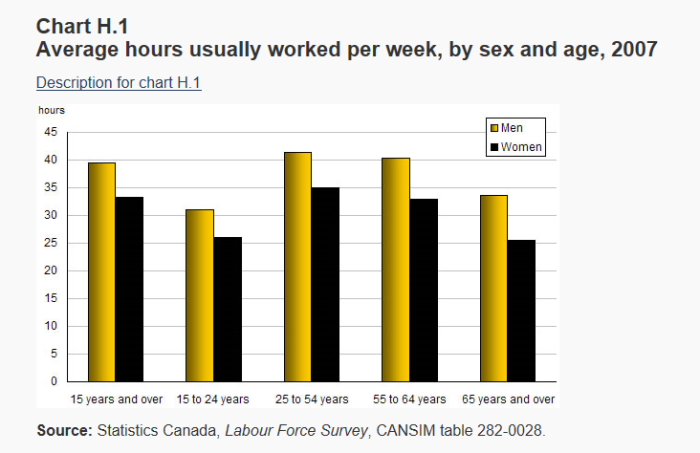
CLICK HERE, for the actual link.
This one, citing a 2007 data collection, showed men working on average 39.5 hours per week, while woman worked 33.2 hours per week.
CLICK HERE, for another StatsCan graph showing overtime. An interesting split, men were more likely to work “paid” overtime, while women were more likely to work “unpaid” overtime.
Men And Women Have Different Work Patterns
We could go on endlessly about the differences in work, work type, overtime, and danger. However, the data is clear from the research available. These are just a few data sets chosen, from Statistics Canada and the BLS in the United States.
Despite being regularly debunked, the “wage gap” is still thrown around as if there is actually some human right.
Yes, there are difference in how much men and women are paid. But there are legitimate reasons for those differences.

